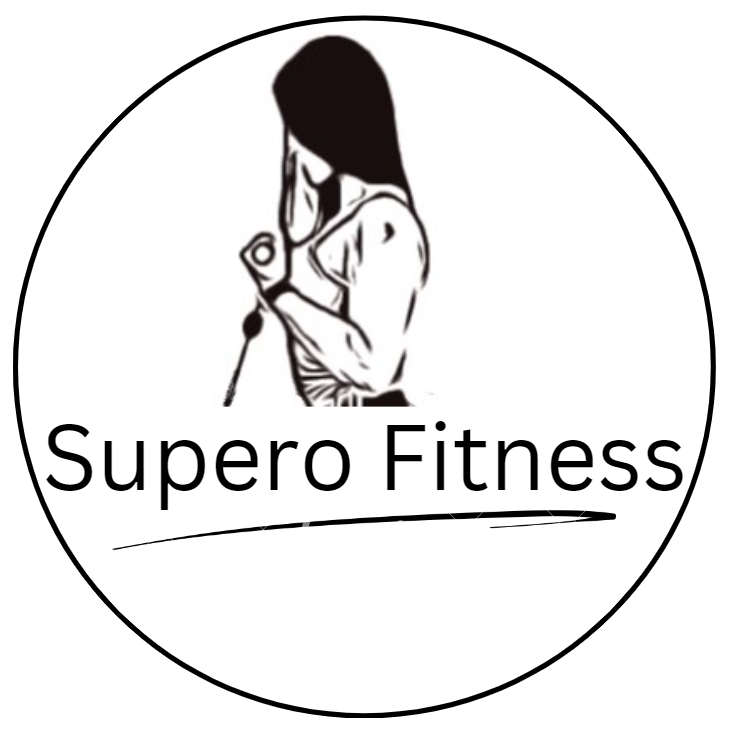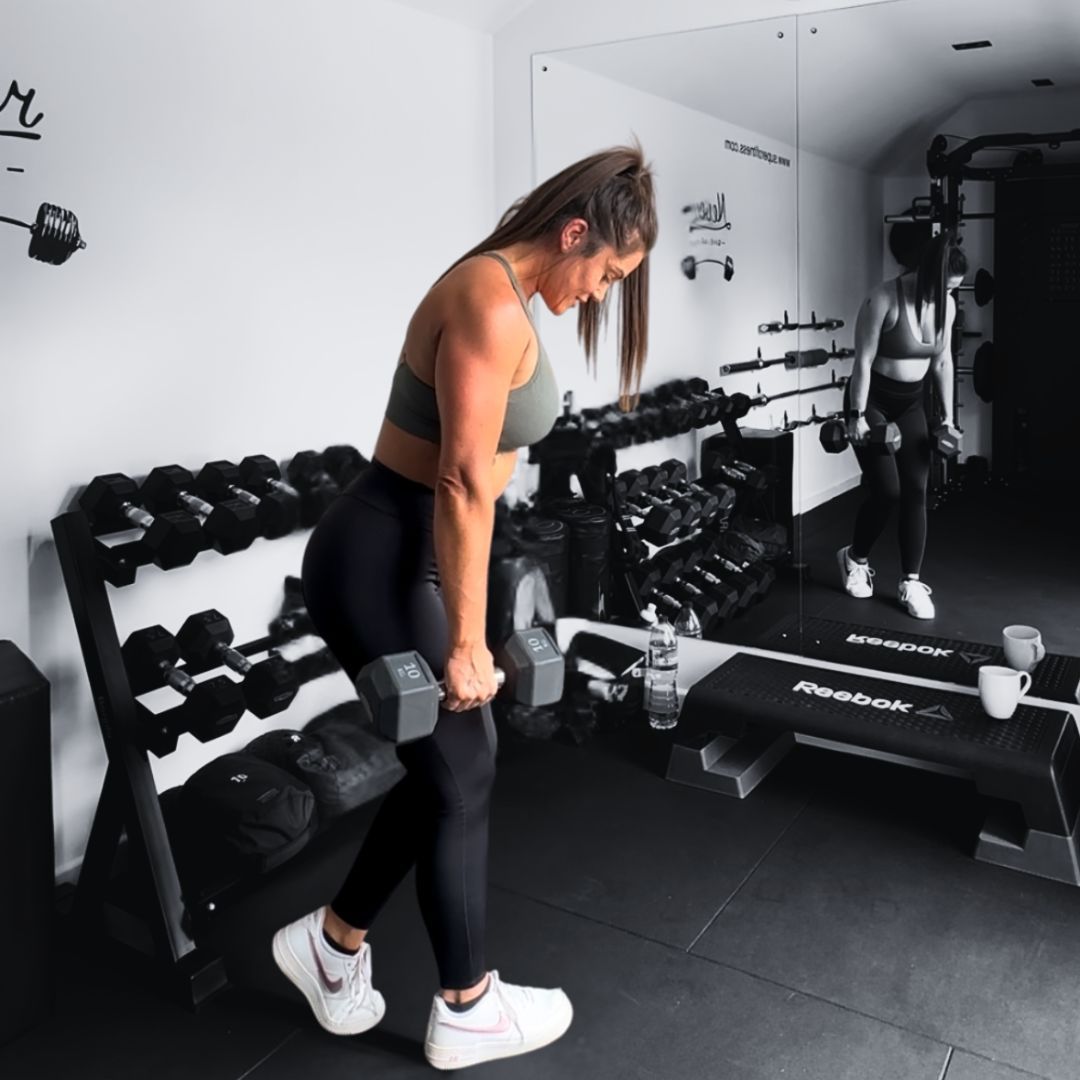Progressive Overload in Training
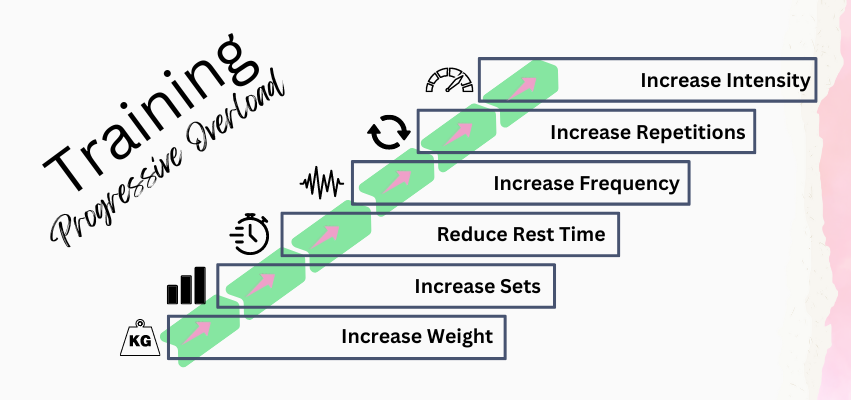
Mastering Progressive Overload: Unlock Your Strongest Self
Hello, fabulous fitness peeps! Whether you're a seasoned gym-goer or just stepping into the world of weights, you've probably heard the term "progressive overload" floating around. It's not just a fancy phrase to throw around in your next workout convo—it’s a game-changer for reaching your fitness goals.
Let's dive into progressive overload and discover how you can use it to become the best version of yourself.
What is Progressive Overload?
Progressive overload is the secret sauce behind getting stronger, fitter, and more toned. It's the principle of gradually increasing the demands on your muscles to keep them challenged and growing. Think of it like this: if you keep lifting the same weights or doing the same number of reps forever, your muscles will get bored and plateau. But if you keep upping the ante, your muscles will have no choice but to adapt and grow stronger.
Types of Progressive Overload
Increase Weight for muscle growth
- Nothing feels quite as empowering as lifting heavier weights. Start with a weight that's challenging but doable for your current strength level. As you get stronger, add more weight—just a little bit at a time. Your muscles will respond by growing bigger and stronger. You may find after increasing the weight your sets now consist of 8 reps. There's no point after increasing weight to get a set of 10 reps out if you can't do them with good form. Decrease the reps slightly.
Increase Sets to Build Endurance
- If you’re not ready to increase the weight, why not add another set? This means doing more rounds of the same exercise. For example, if you usually do three sets of squats, try adding a fourth set. It's like giving your muscles a little extra homework. They might grumble, but they'll thank you later!
Reduce Rest Periods for More Intense Workouts
- Want to make your workouts more intense without changing the weight or the number of sets? Try reducing your rest time between sets. This keeps your heart rate up and makes your muscles work harder in less time. It’s like the fitness version of a speed date—quick, intense, and effective! A minute or two between sets is quite standard, so try working out on the minute every minute this will reduce rest time down to about 30-40 seconds.
Increase frequency
- This could mean adding extra workout sessions per week or targeting specific muscle groups more frequently within your existing routine. For example if you have a push/pull workout you could add in an extra arm workout for example, targeting just one area. The goal is to stimulate the muscles more often to promote growth, strength, and endurance. This extra workout could be changed weekly to a different muscle group.
Increase Repetitions
- If you have added extra weight potentially at first your reps could have gone down to 8 per set so you could aim to get this back up to 10-12 reps. Ideally if your goal is to build muscle you wouldn't want to perform any more reps than 12.
Increase Intensity
- This could be making the exercise more challenging for example adding a band across the thighs when performing hip thrusts or aiming to go much deeper into a squat or even changing the angle of a bench when doing chest press.
How to Implement Progressive Overload
Track Your Progress
- Keep a workout journal to track the weight, sets, and reps for each exercise. It’s easier to make progress when you can see where you started and how far you’ve come.
Make Small, Steady Increases
- Rome wasn’t built in a day, and neither are biceps. Increase weights or sets gradually to avoid injury and keep your progress sustainable. Think of it like adding a pinch of salt to a recipe—just a little bit at a time until it’s perfect. Remember good form should always be priority, so if increasing weight means form is sacrificed then try adding an extra set instead of the weight increase.
Listen to Your Body
- Yes, we want to challenge ourselves, but it's crucial to listen to our bodies. If you feel pain (the bad kind, not the good muscle burn), take it as a sign to rest or dial back a bit. Remember, it’s okay to take a break—your muscles grow during rest, not during the workout.
Why Progressive Overload is Perfect for Women
Ladies, it's time to dispel the myth that lifting heavy will make you bulky. Building muscle through progressive overload will actually help you achieve that lean, toned look. Plus, increased muscle mass boosts your metabolism, so you burn more calories even at rest. And who doesn’t want to feel stronger and more confident?
A Little Comedy to Lighten the Load
Ever notice how we sometimes grunt and make funny faces when lifting weights? Consider it part of the process. We want ugly face when lifting you shouldn't look like a princess!
Conclusion
Progressive overload is your ticket to continuous improvement and achieving your fitness goals.
Whether you're increasing weights, adding sets, or cutting down on rest time, remember to keep challenging yourself. Track your progress, listen to your body, and most importantly, have fun with it. You're stronger than you think, and with progressive overload, there's no limit to what you can achieve.
Stay strong, stay fabulous, and keep lifting, ladies! 💪✨


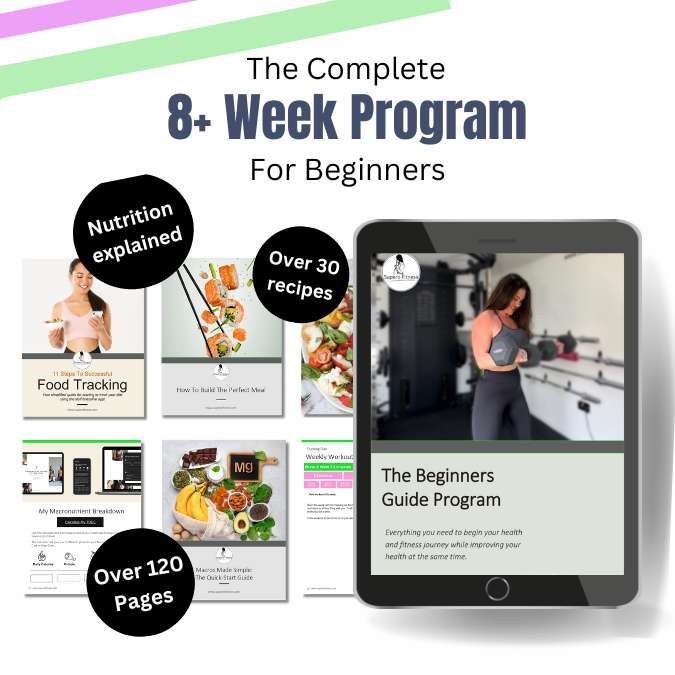




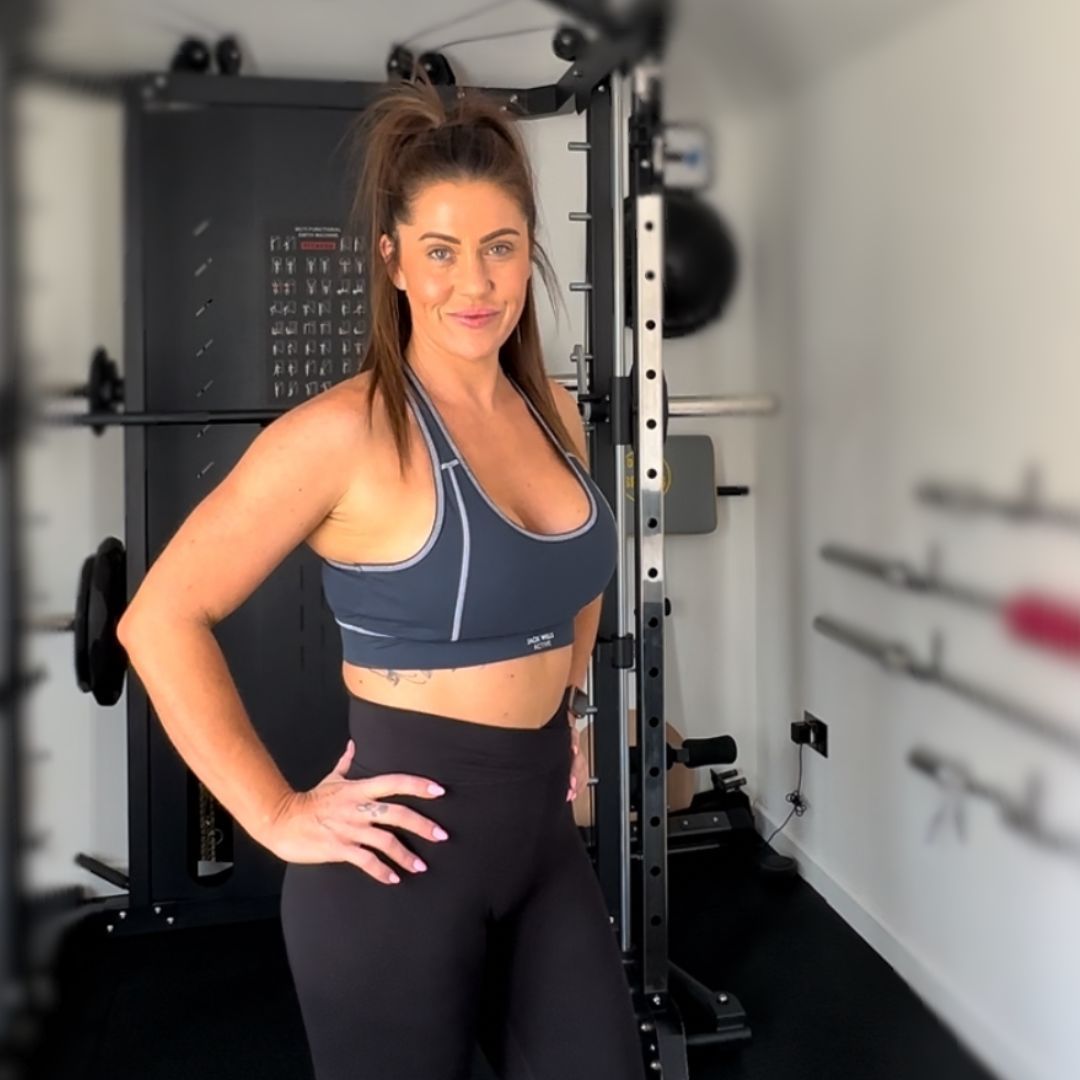

Don't miss out, join in today!
Join our email list to receive info on Fitness tips, Recipes, Training Programs & Workouts.
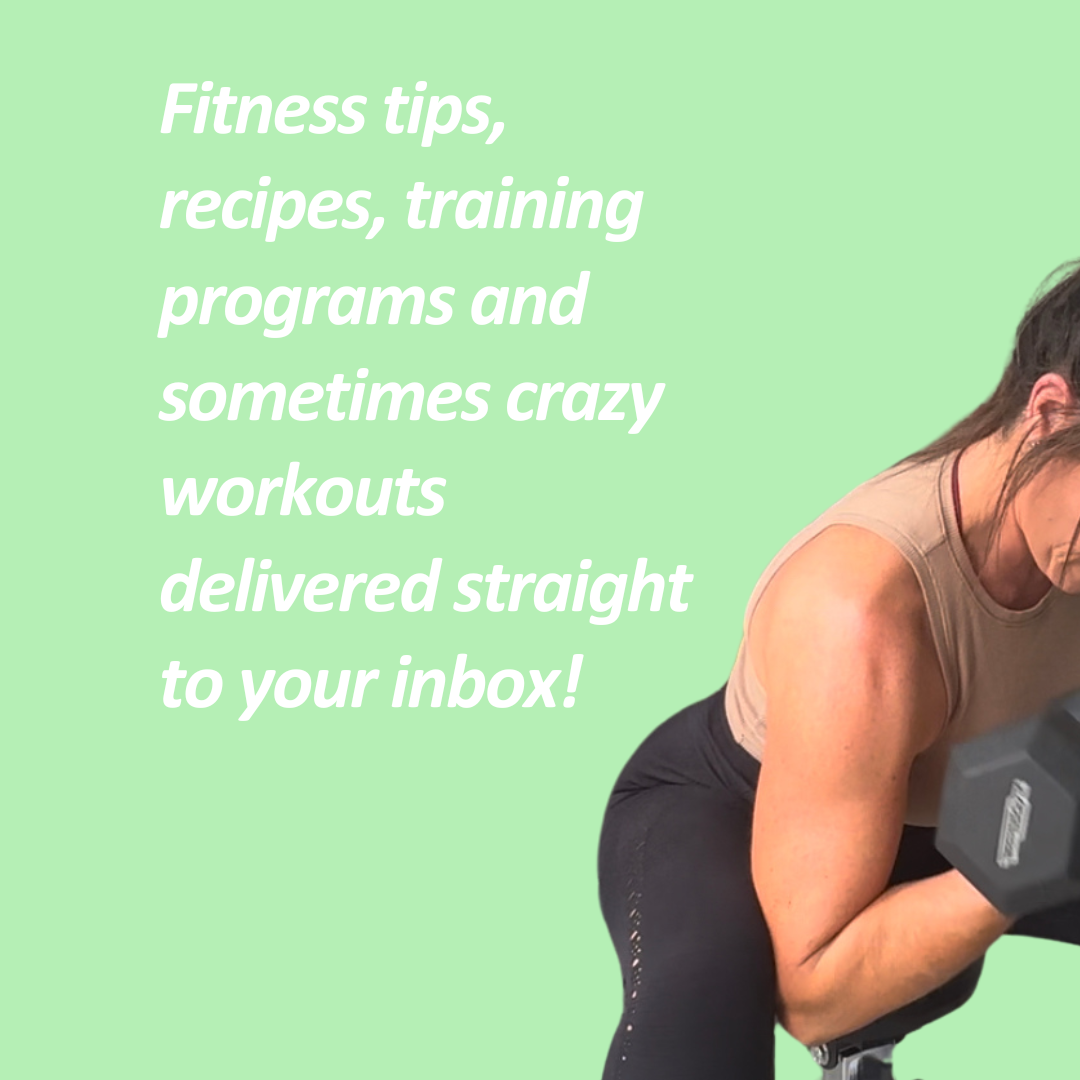
All Digital Downloads are Non Refundable
